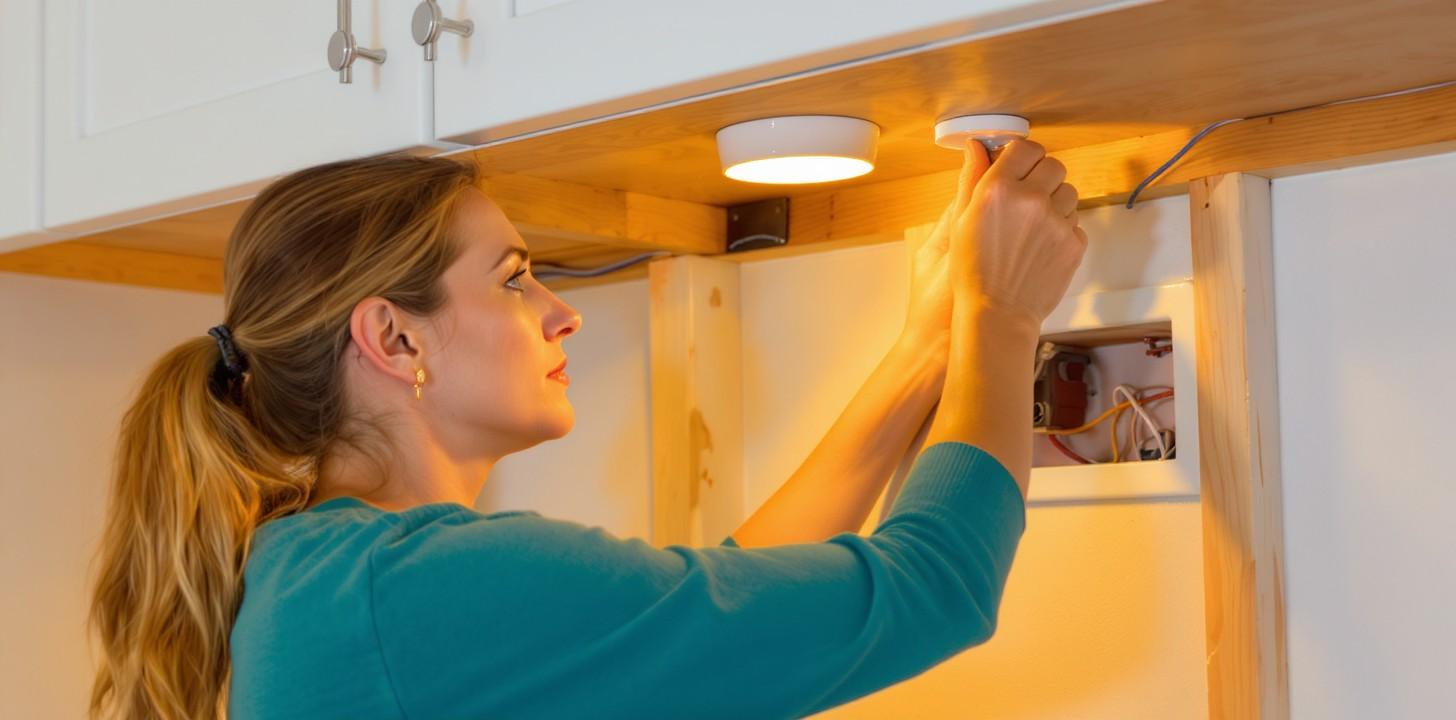Pulmonary Function Test Near Me: Understanding Your Lungs and Breathing Health

Pulmonary Function Test Near Me: A Complete Guide to Breathing Better
Lung health often goes unnoticed until breathing becomes difficult. Whether you're managing asthma, chronic bronchitis, or simply tracking your respiratory fitness, a pulmonary function test (PFT) is an essential diagnostic tool that can reveal a lot about your respiratory system. If you’re looking for a pulmonary function test near me, it’s important to understand what it involves, how it works, and when you should consider it.
In this guide, we’ll explore the essentials of pulmonary function testing—why it matters, how it's done, what to expect, and who needs it. Plus, we’ll help you take the next step in prioritizing your respiratory health.
What Is a Pulmonary Function Test (PFT)?
Pulmonary function tests are a group of non-invasive procedures that evaluate how well your lungs are working. These tests measure:
-
Lung volume
-
Airflow rates
-
Gas exchange efficiency
-
Respiratory muscle strength
The results help doctors diagnose respiratory conditions, monitor lung disease progression, and assess how well treatment plans are working.
Why You Might Need a Pulmonary Function Test
1. Diagnosing Respiratory Conditions
Doctors often recommend a PFT if you show symptoms such as:
-
Shortness of breath
-
Chronic coughing
-
Wheezing
-
Chest tightness
These signs could point to conditions like asthma, COPD (Chronic Obstructive Pulmonary Disease), or interstitial lung disease.
2. Monitoring Chronic Conditions
If you’ve already been diagnosed with a lung condition, your doctor may use PFTs to:
-
Monitor disease progression
-
Adjust medications
-
Evaluate treatment effectiveness
3. Pre-surgery Evaluation
Some surgeries require pre-assessment of lung capacity, especially if the procedure involves the heart or lungs. A PFT can help doctors understand the risks involved.
Types of Pulmonary Function Tests
Spirometry
This is the most common and simplest form of PFT. It measures how much air you can breathe in and out, and how quickly. It helps diagnose obstructive and restrictive airway conditions.
Lung Volume Test
This test measures the total volume of air your lungs can hold. It's often done inside a special booth using a technique called plethysmography.
Diffusion Capacity Test
This measures how well oxygen moves from your lungs to your bloodstream. It’s crucial in diagnosing diseases that affect gas exchange, like pulmonary fibrosis.
What to Expect During the Test
PFTs are painless and typically take 30 to 90 minutes. Here’s what you can expect:
-
Preparation: You may be asked to avoid certain medications or smoking before the test. Wear loose-fitting clothes and follow your doctor’s instructions.
-
Procedure: You’ll breathe into a mouthpiece connected to a machine while following specific instructions.
-
Post-test: You can resume normal activities immediately unless told otherwise.
Who Should Consider Pulmonary Function Testing?
1. Smokers and Former Smokers
Years of smoking can cause irreversible lung damage. PFTs help detect early signs of COPD and emphysema, even before symptoms appear.
2. Athletes and Fitness Enthusiasts
If you experience unexplained fatigue or breathing issues during workouts, a PFT can reveal whether your lungs are functioning optimally.
3. People with Occupational Exposure
Individuals exposed to pollutants, dust, chemicals, or asbestos in the workplace should have regular PFTs to detect early lung damage.
How to Prepare for a Pulmonary Function Test
-
Avoid caffeine and heavy meals before the test
-
Don’t smoke for several hours before testing
-
Avoid bronchodilators unless instructed otherwise
-
Stay relaxed, as stress and anxiety can affect breathing patterns
Interpreting the Results
Your results will usually be compared to normal values based on your age, height, gender, and ethnicity. The main measurements include:
-
FEV1 (Forced Expiratory Volume in 1 second): Measures how much air you can forcefully exhale in one second
-
FVC (Forced Vital Capacity): Total amount of air exhaled during the spirometry test
-
FEV1/FVC ratio: Helps determine if your condition is obstructive or restrictive
If abnormalities are found, your healthcare provider will suggest further evaluation or treatment plans.
Risks and Limitations
Pulmonary function tests are safe, but not recommended for individuals who:
-
Have had recent chest pain, surgery, or a heart attack
-
Are experiencing severe respiratory distress
-
Have contagious respiratory infections
These tests can sometimes cause lightheadedness, shortness of breath, or fatigue during the process, but these symptoms usually pass quickly.
The Role of PFTs in Long-Term Health
Routine testing isn’t just for those who are sick. Pulmonary function testing can:
-
Serve as a baseline for future comparisons
-
Help in preventive health planning
-
Detect issues early before symptoms arise
Making pulmonary function test near me a part of your regular health checkup, especially if you're in a high-risk group, is a smart step toward proactive lung care.
Conclusion
Your lungs do more than just help you breathe—they power your every move, protect your body from airborne threats, and fuel your life. A pulmonary function test offers a window into how well these critical organs are working. Whether you're managing a known condition, exploring unexplained symptoms, or just being proactive, finding a pulmonary function test near me can provide vital answers and peace of mind.
FAQs
1. What is the main purpose of a spirometry test?
Spirometry helps measure the amount and speed of air you can exhale. It’s often used to detect obstructive lung diseases like asthma and COPD.
2. How often should pulmonary tests be done?
For individuals with chronic conditions, annual testing is common. For others, it depends on risk factors like age, smoking history, or occupational exposure.
3. Can I eat before a lung function test?
It’s best to avoid heavy meals right before the test as a full stomach can restrict lung expansion and skew results.
4. Is the test safe for children and the elderly?
Yes, PFTs are non-invasive and generally safe for most age groups, though some modifications may be made for very young or frail individuals.
5. Can anxiety affect test results?
Yes, stress or anxiety may impact your breathing patterns during the test. It’s important to remain calm and relaxed.
6. What happens if my test results are abnormal?
Your doctor may recommend additional tests, lifestyle changes, or treatments depending on the cause and severity of the abnormality.
7. Is a referral necessary to get this test done?
Some diagnostic centers require a referral, while others allow walk-ins. It’s best to call ahead and check their policy.








